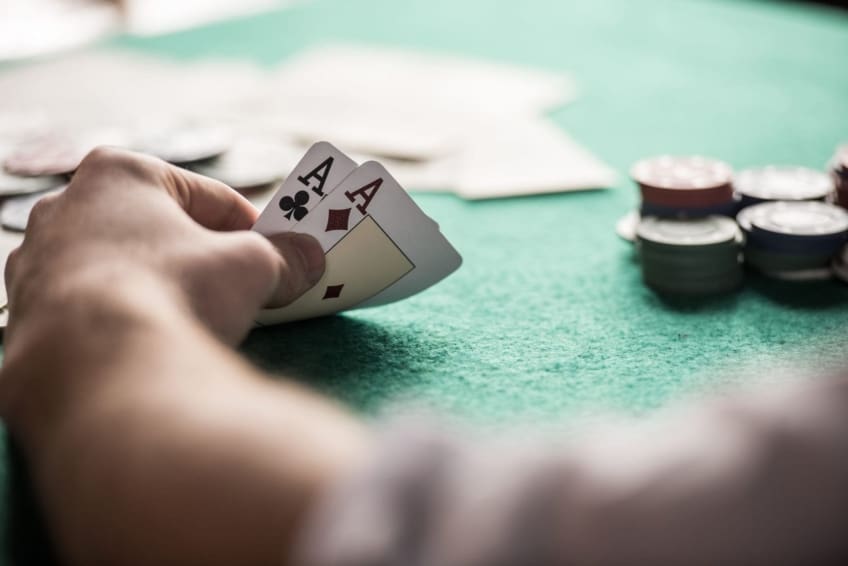
Related Topics
What is a non-substance addiction?
Most people associate addiction with tobacco, drugs, and alcohol. A non-substance addiction includes things such as gambling, risky sex, pornography, food, the internet, mobile devices, and shopping. These are sometimes called behavioral addictions. When a person does these things in excess and can’t stop, it becomes an addiction. All addictions can interfere with your work and personal life. It can even place you in unsafe situations. It can result in physical, emotional, and financial harm. Some can lead to other disorders and substance addictions. This includes depression, alcohol, drugs, and suicide.
Symptoms of a non-substance addiction
A person with a non-substance addiction is unable to stop doing the activity or behavior. For example, a person addicted to gambling may spend all their savings. Non-substance addiction symptoms can include:
- Compulsive, excessive, and repetitive engagement in a risky behavior or activity
- Being unable to stop the activity
- Impaired judgment
- Being unable to control the behavior
- Craving the activity or behavior
- Being unable to recognize the consequences of the behavior (safety, financial, emotional, physical)
- Strained work and personal relationships
- Inappropriate emotional response
What causes a non-substance addiction?
Addiction is a chronic disorder of a person’s brain activity. Simply put, your brain is wired that way. Doctors can’t say why certain people can’t control behavior. But the behavior combines reward, motivation, and memory in an unhealthy way. This triggers physical, emotional, and social responses. Doctors believe the behavior provides a rush or a thrill. For example, people addicted to gambling may experience a rush when winning or losing money. A person’s experiences and personality type play a part in addiction.
How are non-substance addictions diagnosed?
Some people with a non-substance addiction recognize the problem and seek help. Some people are told by family and friends. A mental health professional can diagnose the addiction.
Can non-substance addictions be prevented or avoided?
Non-substance addiction cannot be prevented or avoided. However, once you have been diagnosed, your mental health professional will help you find ways to avoid your exposure to triggers.
Non-substance addiction treatment
Treatment is possible. First, you must admit you have an addiction. Talk to your doctor. They may refer you to a mental health expert for more help. This help may involve cognitive behavioral therapy. This is talk therapy. It involves talking with your mental health professional about your addiction. It also may include advice about how to understand your addiction urges and how to handle them. Treatment for a non-substance addiction may also include treatment for depression or substance abuse, if needed. Support groups can also be help in addressing addiction.
Living with a non-substance addiction
It’s okay to tell trusted family and friends that you have a non-substance addiction. This is important if you’re trying to avoid triggers. For example, if you are addicted to gambling, don’t go to a casino with friends. If you are addicted to shopping and want to join friends, you might leave your credit cards and cash at home. Also, join an addiction support group. These are self-help groups for addictions. Your family and friends can even join support groups for loved ones with addictions.
Questions to ask your doctor
- When does shopping become an addiction?
- Is excessive sex with a spouse an addiction?
- Can a person be addicted to food?
- Is a non-substance addiction genetic?
- How can I handle a shopping addiction if I have to shop for everyday items?
Resources
American Society of Addiction Medicine: Definition of Addiction
![]()
Copyright © American Academy of Family Physicians
This information provides a general overview and may not apply to everyone. Talk to your family doctor to find out if this information applies to you and to get more information on this subject.






